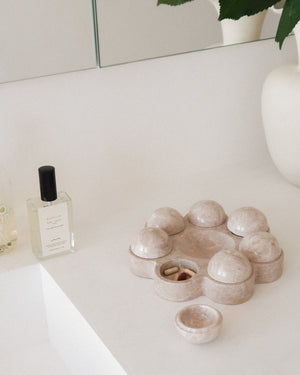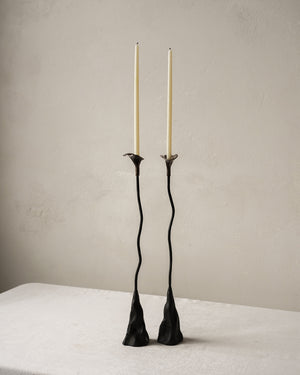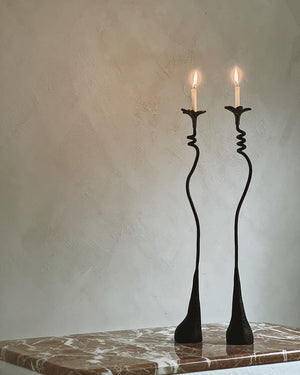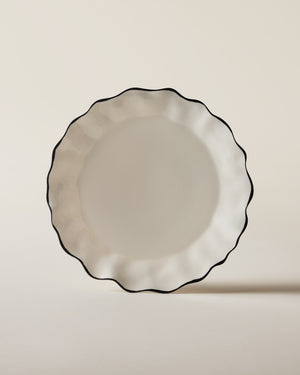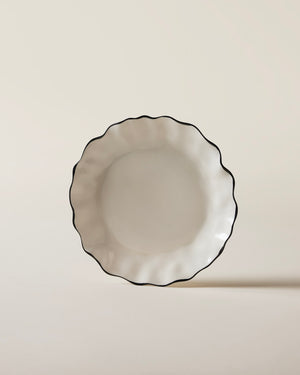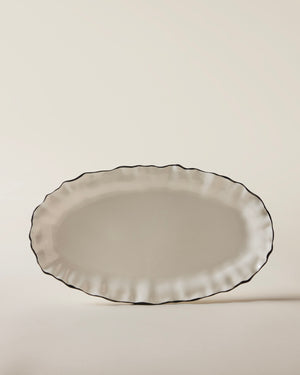ARTS & CRAFTS MOVEMENT 101

|
The Arts and Crafts Movement emerged in England at the latter end of the Victorian Era. Born of discontent, the aesthetic shift was a direct response to the overwhelming social change brought about by the Industrial Revolution. Work, production, everyday life, and art were all affected by the technical changes of the period, and the deterioration of design and manufacturing became especially glaring. There was also an egalitarian bent to the movement, with the humanist ideology that industrialization was alienating the social classes. Proponents of the movement espoused a return to quality craftsmanship over mass production and emphasized nature and simplicity of form.
|
The Gamble House in Pasadena, California, designed in 1908 by Charles and Henry Green |
The American Arts and Crafts movement was inextricably linked to its British counterpart and closely aligned with the work of English Architect and Designer William Morris. British ideals were disseminated in America through journal and newspaper writing, as well as through newly-formed societies that sponsored lectures and programs. While the American movement was distinct in its many originations, the British influence remained dominant especially in the moral pillars supporting the shift in thinking.
Art and Design:
Art and Design of the movement was characterized by the aspiration to create items that were beautiful as well as useful. Craftsmen who aligned their work with these principles wanted people to be able to use the objects they keep at home in their everyday life, while simultaneously appreciating the item’s decorative nature. Resulting in the characteristically ornate shapes combined with the utility and good quality associated with the movement. British Arts and Crafts drew inspiration from medieval and Gothic styles, celebrating the Renaissance ideals of beauty and craftsmanship, while the American style was more streamlined.
|
Dante Gabriel Rosetti's studio at Kelmscott Manor. |

The Tapestry Room at Kelmscott Manor
|
|
Wightwick Manor, Wolverhampton, England |
CHARACTERISITCS
|
Thistle Wallpaper by Bradbury & Bradbury |
 |
 A room built and designed by Frank Lloyd Wright, Wayzata, Minnesota, 1912–1914
|
 |
|
|
|
Red House, Bexleyheath, London, England. Co-designed by its owner, the designer William Morris, and the architect Philip Webb in 1859. |
Architecture:
The Arts and Crafts movement did not develop into one particular building style, but could be seen throughout a multitude of regional styles across England and the US. British Arts and Crafts architecture focused on function, need, and simplicity. While their interior design style of the time was decorative, ornate, and colorful, building exteriors were mostly plain and unadorned. Harmony with a dwelling's surrounding environment was paramount.
|
Brockhampton Church, Brockhampton, Herefordshire, England. Designed by William Lethaby |
|
The Cotswalds School of the Arts and Crafts Movement, Chipping Campden, England |
The quintessential Arts-and-Crafts building in America, however, might be the classic bungalow - a stout, boxy, single-family dwelling of one or two stories with a prominent porch, distinguished by a hipped roof with wide overhanging eaves supported by thick beams. Wood and brick were used heavily, and built-in furniture such as bookshelves and window seats continue the movement's theme of harmonious form and function.
The American Architect Frank Lloyd Wright shaped a new way of living through his completely designed environments, encompassing architecture and all elements of interiors. He ushered in a style of architecture that became known as the Prairie School - an Arts and Crafts regional style born in the Midwest - characterized by low-pitched roofs, open interiors, and horizontal lines that reflected the prairie landscape.
CHARACTERISITCS
|
 |
|
Frederick C. Robie House by Frank Lollyd Wright, Chicago, Illinois |
|
William E. Drummond House, River Forest, Illinois |
ARCHITECTS TO KNOW
|
 Fallingwater by Frank Lloyd Wright in Mill Run, Pennsylvania
|
The Arts and Crafts Movement was, in many ways, a precursor to modern architecture and design. The emphasis on basic forms, organic materials, asymmetry, and stripped-back design provided a foundation and framework for the later, more modern designs that came to dominate the twentieth century.
